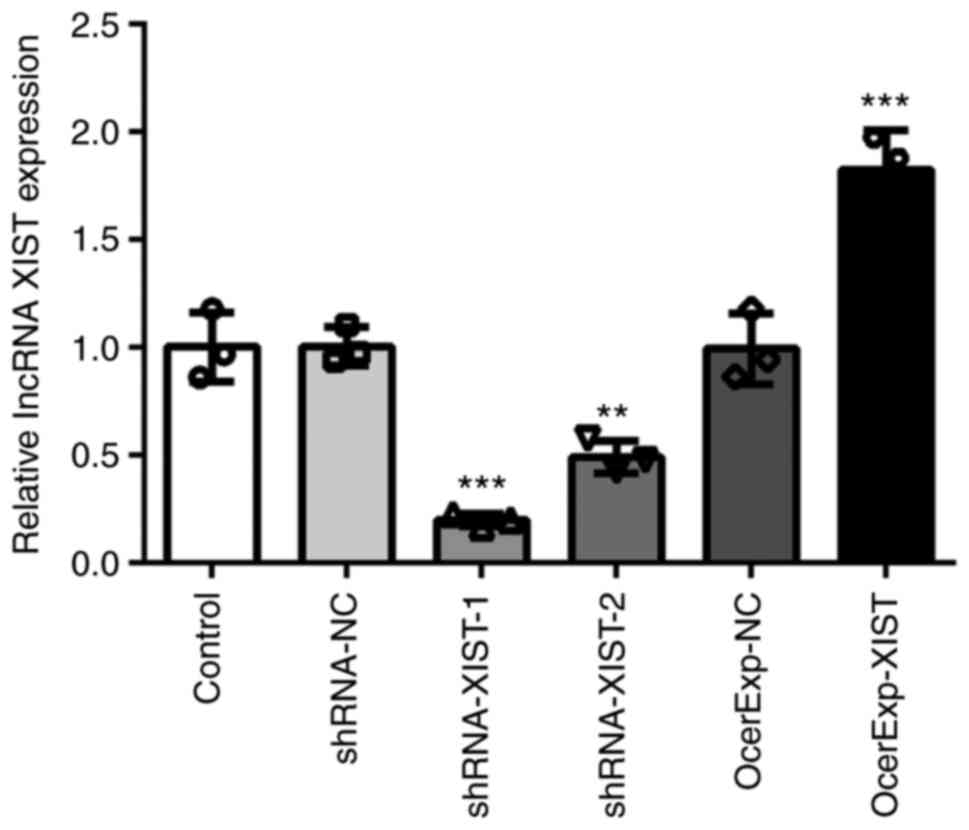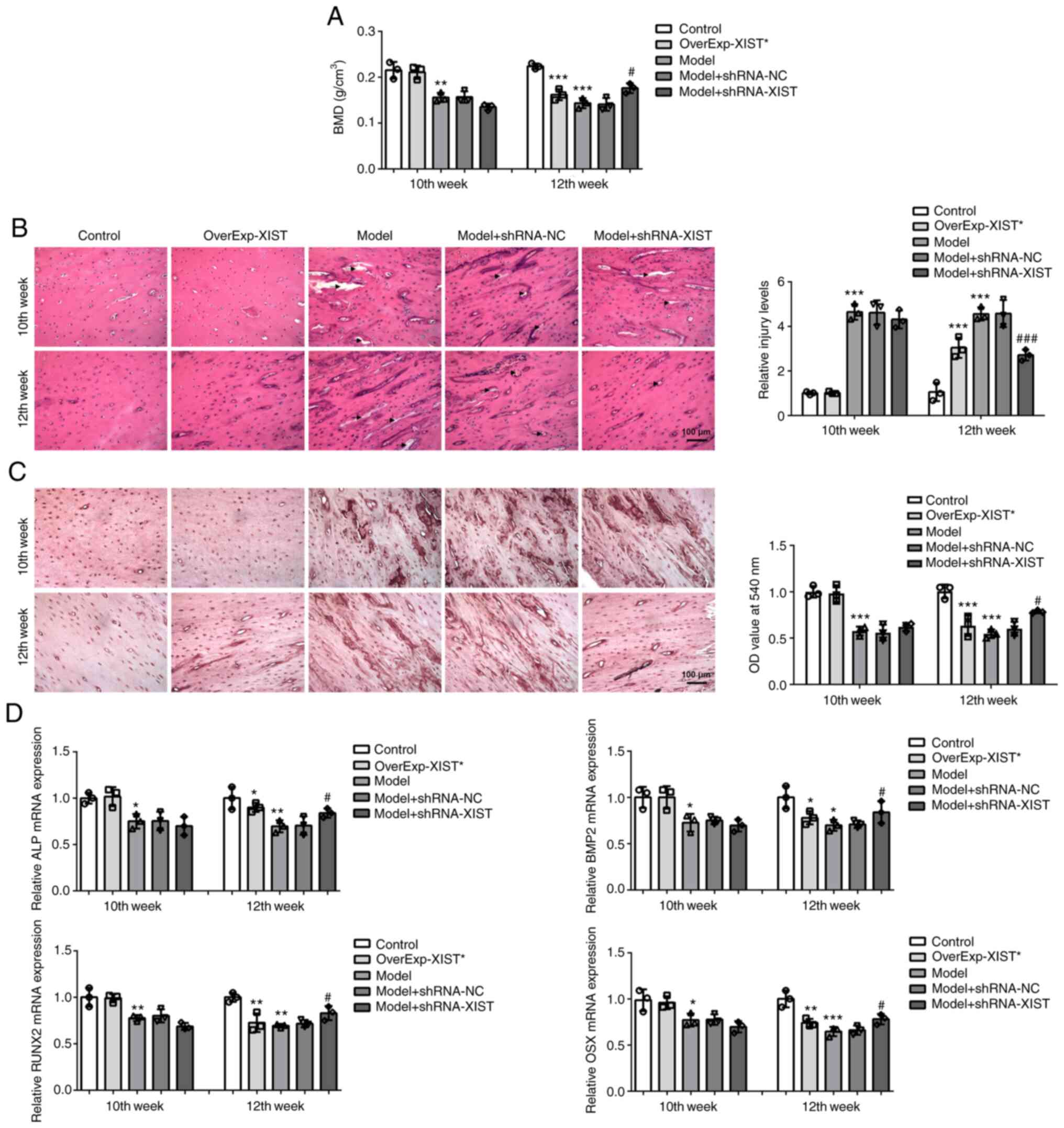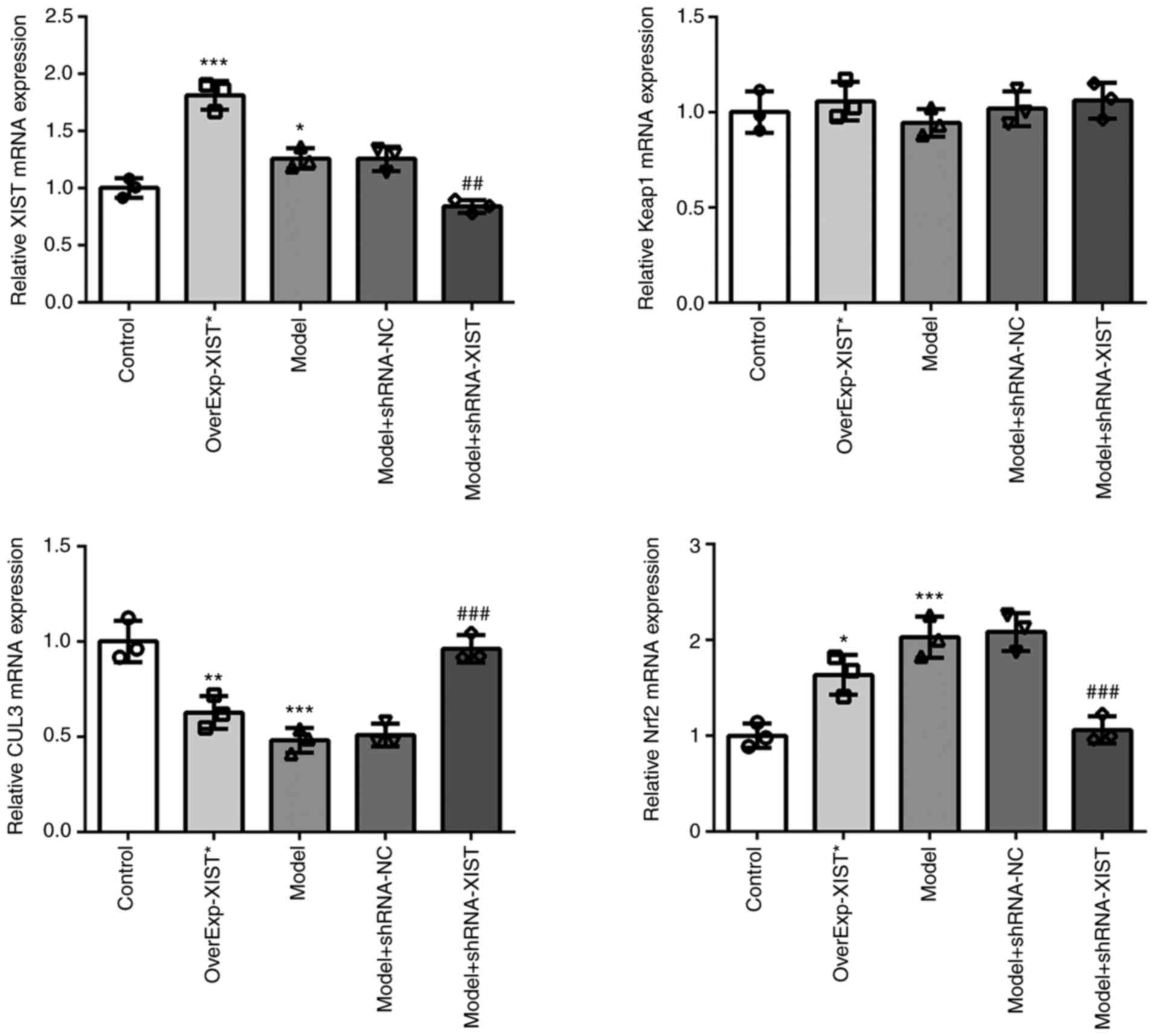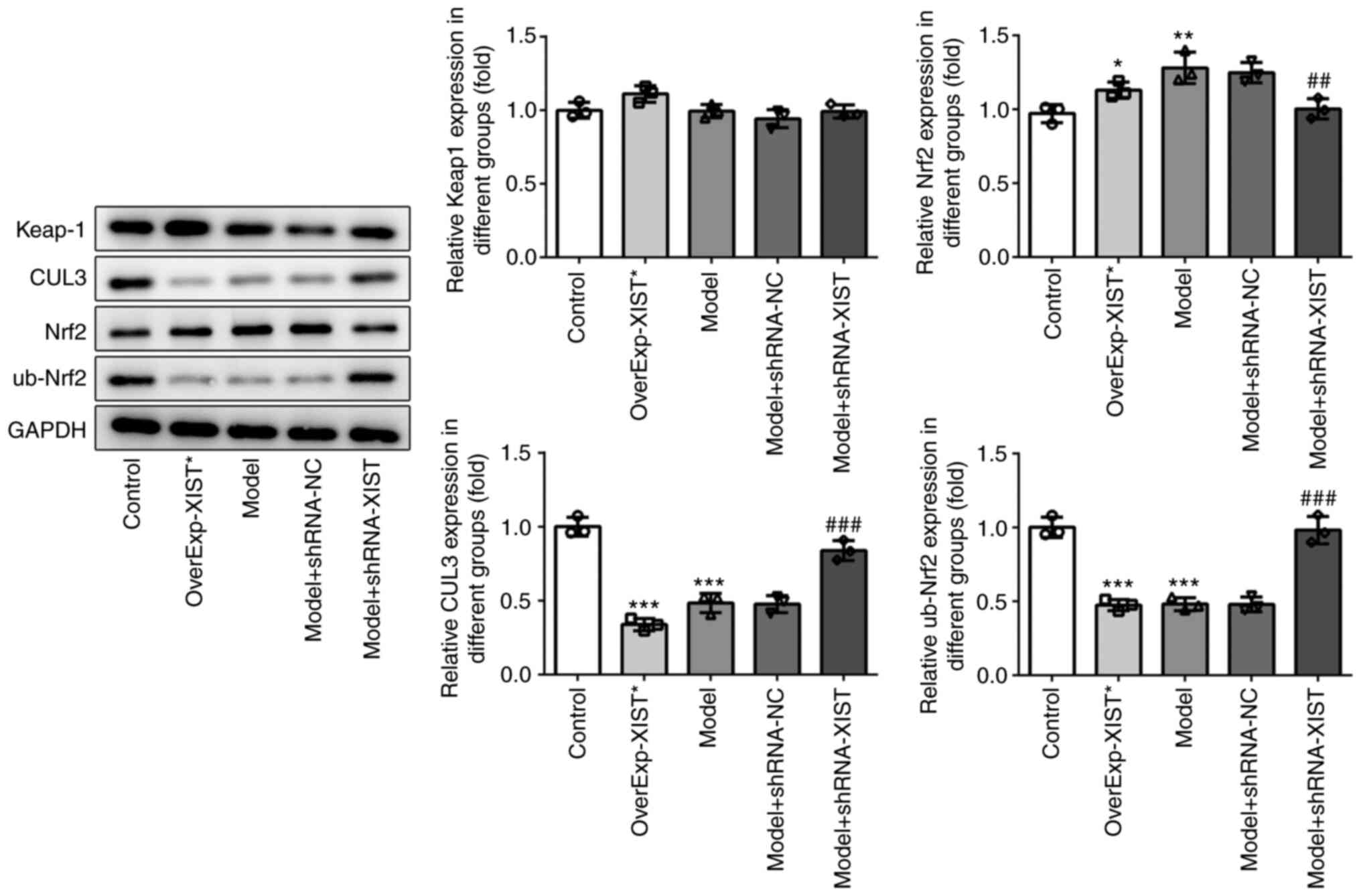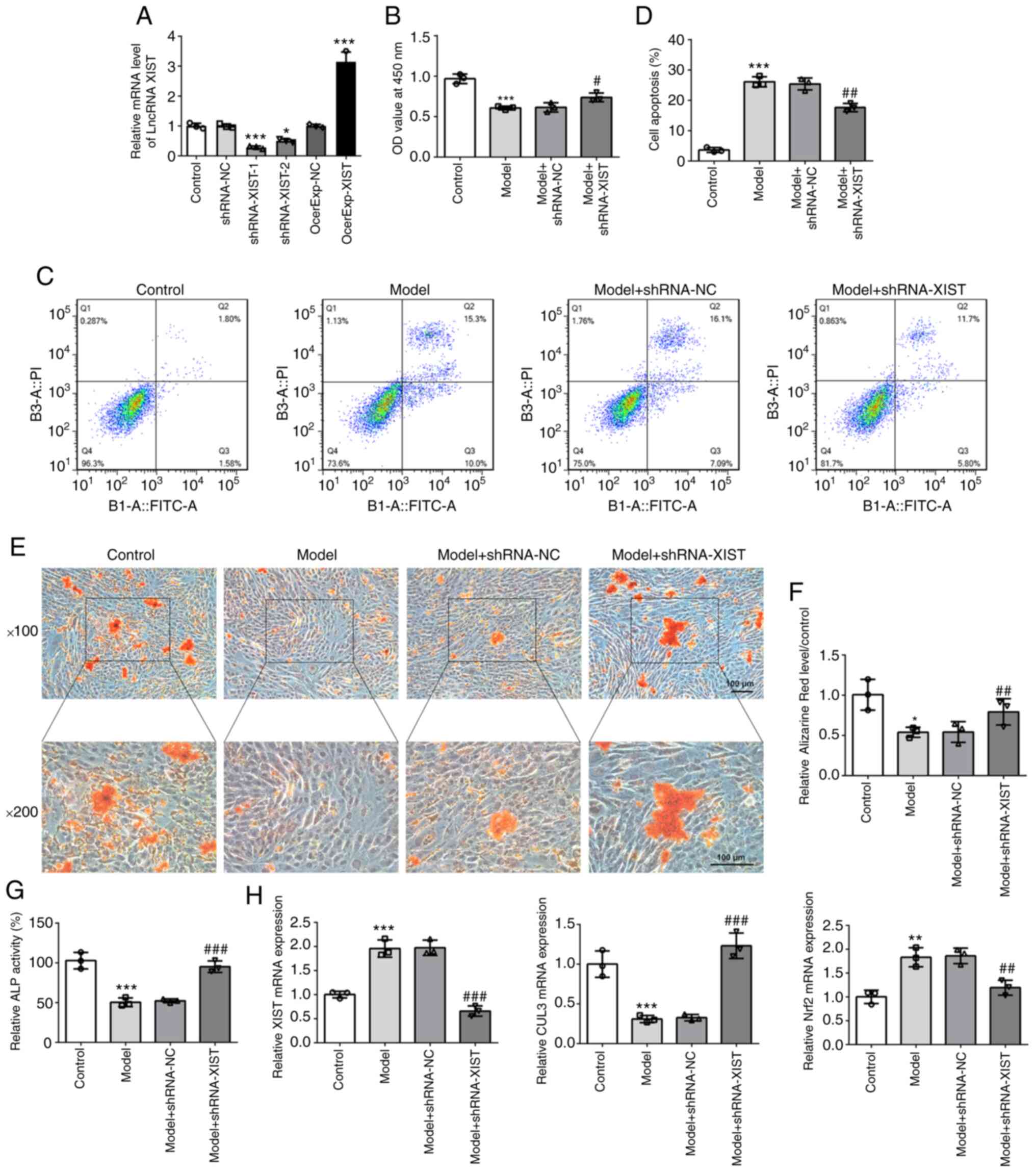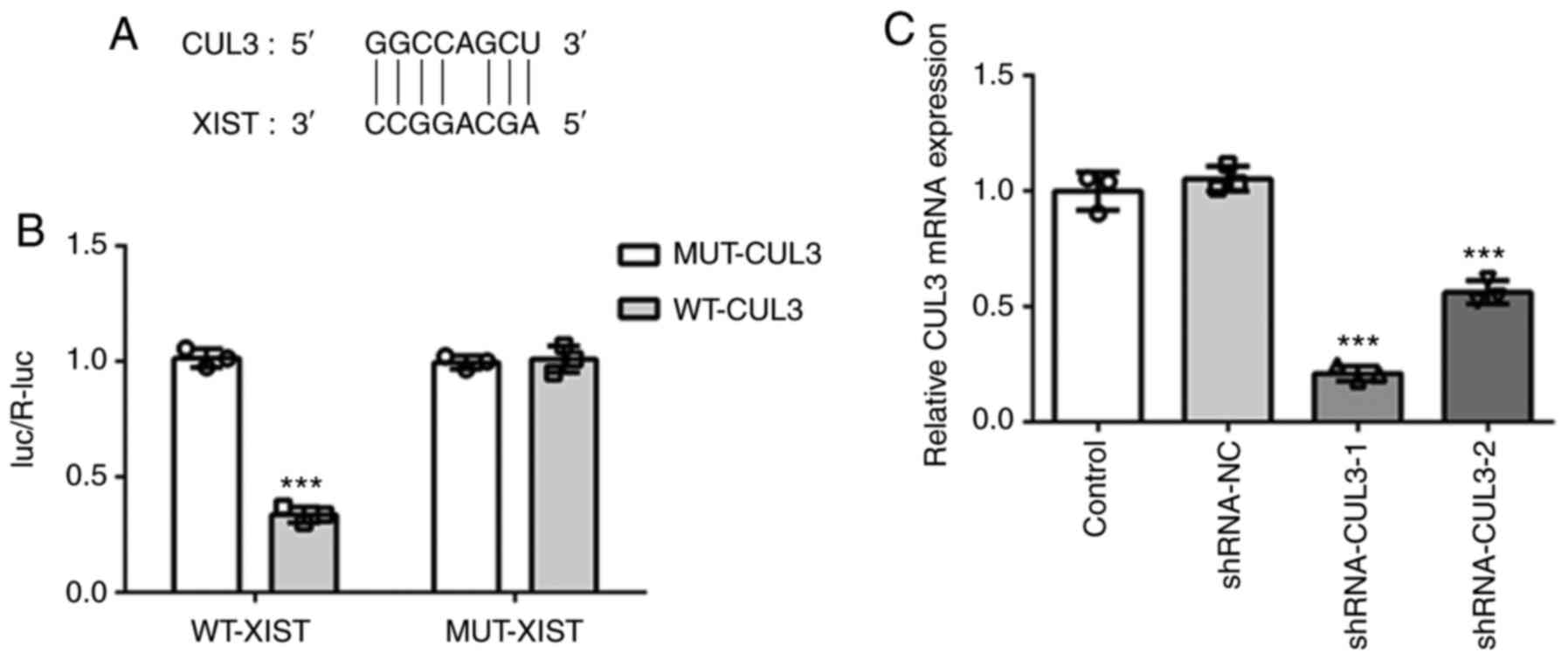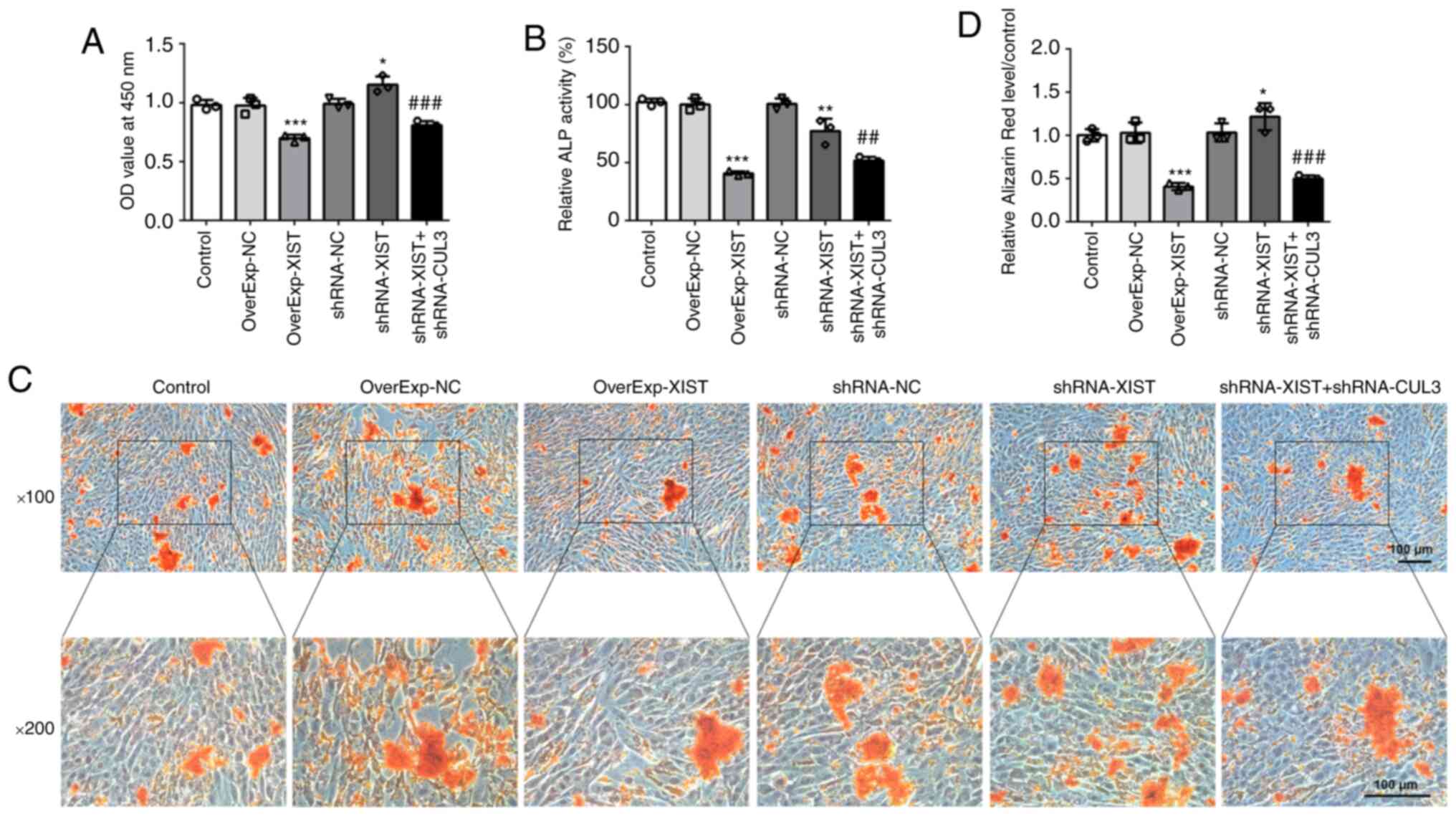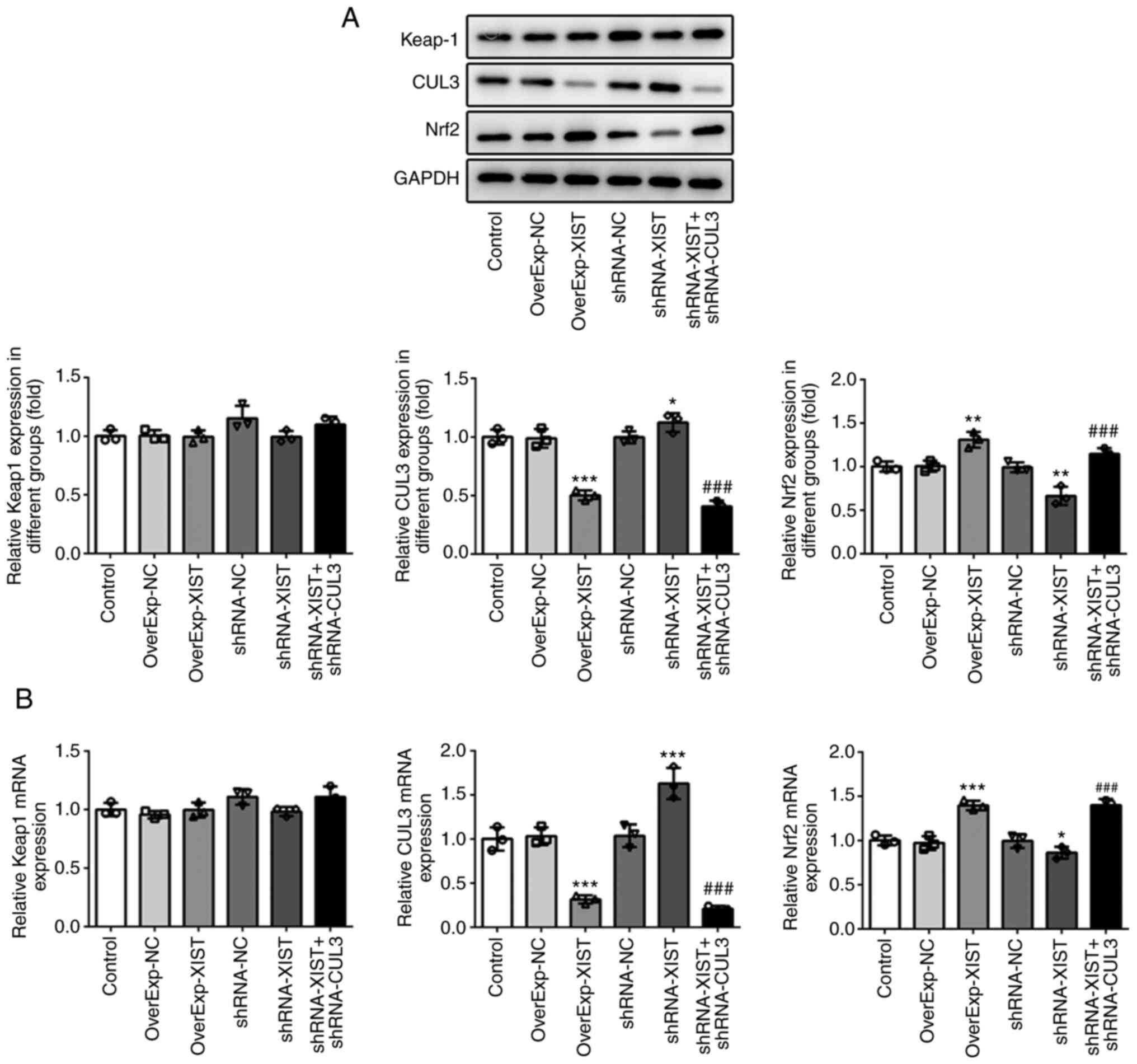|
1
|
Cosman F, de Beur SJ, LeBoff MS, Lewiecki
EM, Tanner B, Randall S and Lindsay R; National Osteoporosis
Foundation: Clinician's guide to prevention and treatment of
osteoporosis. Osteoporos Int. 25. pp. 2359–2381. 2014, View Article : Google Scholar
|
|
2
|
Compston JE, McClung MR and Leslie WD:
Osteoporosis. Lancet. 393:364–376. 2019. View Article : Google Scholar : PubMed/NCBI
|
|
3
|
Wu W, Xiao Z, Chen Y, Deng Y, Zeng D, Liu
Y, Huang F, Wang J, Bellanti JA, Rong L and Zheng SG: CD39 produced
from Human GMSCs regulates the balance of osteoclasts and
osteoblasts through the Wnt/β-catenin pathway in osteoporosis. Mol
Ther. 28:1518–1532. 2020. View Article : Google Scholar : PubMed/NCBI
|
|
4
|
Eastell R, O'Neill TW, Hofbauer LC,
Langdahl B, Reid IR, Gold DT and Cummings SR: Postmenopausal
osteoporosis. Nat Rev Dis Primers. 2:160692016. View Article : Google Scholar : PubMed/NCBI
|
|
5
|
Manolagas SC: Corticosteroids and
fractures: A close encounter of the third cell kind. J Bone Miner
Res. 15:1001–1005. 2000. View Article : Google Scholar : PubMed/NCBI
|
|
6
|
Jun JH, Lee SH, Kwak HB, Lee ZH, Seo SB,
Woo KM, Ryoo HM, Kim GS and Baek JH: N-acetylcysteine stimulates
osteoblastic differentiation of mouse calvarial cells. J Cell
Biochem. 103:1246–1255. 2008. View Article : Google Scholar
|
|
7
|
Lean JM, Davies JT, Fuller K, Jagger CJ,
Kirstein B, Partington GA, Urry ZL and Chambers TJ: A crucial role
for thiol antioxidants in estrogen-deficiency bone loss. J Clin
Invest. 112:915–923. 2003. View Article : Google Scholar : PubMed/NCBI
|
|
8
|
Suzuki T, Motohashi H and Yamamoto M:
Toward clinical application of the Keap1-Nrf2 pathway. Trends
Pharmacol Sci. 34:340–346. 2013. View Article : Google Scholar : PubMed/NCBI
|
|
9
|
Hyeon S, Lee H, Yang Y and Jeong W: Nrf2
deficiency induces oxidative stress and promotes RANKL-induced
osteoclast differentiation. Free Radic Biol Med. 65:789–799. 2013.
View Article : Google Scholar : PubMed/NCBI
|
|
10
|
Hinoi E, Fujimori S, Wang L, Hojo H, Uno K
and Yoneda Y: Nrf2 negatively regulates osteoblast differentiation
via interfering with Runx2-dependent transcriptional activation. J
Biol Chem. 281:18015–18024. 2006. View Article : Google Scholar : PubMed/NCBI
|
|
11
|
Yoshida E, Suzuki T, Morita M, Taguchi K,
Tsuchida K, Motohashi H, Doita M and Yamamoto M: Hyperactivation of
Nrf2 leads to hypoplasia of bone in vivo. Genes Cells. 23:386–392.
2018. View Article : Google Scholar : PubMed/NCBI
|
|
12
|
Ziros PG, Manolakou SD, Habeos IG, Lilis
I, Chartoumpekis DV, Koika V, Soares P, Kyriazopoulou VE, Scopa CD,
Papachristou DJ and Sykiotis GP: Nrf2 is commonly activated in
papillary thyroid carcinoma, and it controls antioxidant
transcriptional responses and viability of cancer cells. J Clin
Endocrinol Metab. 98:E1422–E1427. 2013. View Article : Google Scholar : PubMed/NCBI
|
|
13
|
Fernandes JCR, Acuna SM, Aoki JI,
Floeter-Winter LM and Muxel SM: Long Non-Coding RNAs in the
regulation of gene expression: Physiology and disease. Noncoding
RNA. 5:172019.
|
|
14
|
Ponting CP, Oliver PL and Reik W:
Evolution and functions of long noncoding RNAs. Cell. 136:629–641.
2009. View Article : Google Scholar : PubMed/NCBI
|
|
15
|
Chen X, Yang L, Ge D, Wang W, Yin Z, Yan
J, Cao X, Jiang C, Zheng S and Liang B: Long non-coding RNA XIST
promotes osteoporosis through inhibiting bone marrow mesenchymal
stem cell differentiation. Exp Ther Med. 17:803–811.
2019.PubMed/NCBI
|
|
16
|
Yao Y, Ma J, Xue Y, Wang P, Li Z, Liu J,
Chen L, Xi Z, Teng H, Wang Z, et al: Knockdown of long non-coding
RNA XIST exerts tumor-suppressive functions in human glioblastoma
stem cells by up-regulating miR-152. Cancer Lett. 359:75–86. 2015.
View Article : Google Scholar : PubMed/NCBI
|
|
17
|
Jee WS and Yao W: Overview: Animal models
of osteopenia and osteoporosis. J Musculoskelet Neuronal Interact.
1:193–207. 2001.
|
|
18
|
Komori T: Animal models for osteoporosis.
Eur J Pharmacol. 759:287–294. 2015. View Article : Google Scholar : PubMed/NCBI
|
|
19
|
Su K, Bai Y, Wang J, Zhang H, Liu H and Ma
S: Comparison of hyaluronic acid and PRP intra-articular injection
with combined intra-articular and intraosseous PRP injections to
treat patients with knee osteoarthritis. Clin Rheumatol.
37:1341–1350. 2018. View Article : Google Scholar : PubMed/NCBI
|
|
20
|
Aytekin K, Erhan S, Erişgin Z, Esenyel CZ
and Takır S: Intra-articular injection of hydrogen sulfide
decreased the progression of gonarthrosis. Can J Physiol Pharmacol.
97:47–54. 2019. View Article : Google Scholar
|
|
21
|
Livak KJ and Schmittgen TD: Analysis of
relative gene expression data using real-time quantitative PCR and
the 2(-Delta Delta C(T)) method. Methods. 25:402–408. 2001.
View Article : Google Scholar
|
|
22
|
Makitie RE, Costantini A, Kampe A, Alm JJ
and Makitie O: New insights into monogenic causes of osteoporosis.
Front Endocrinol (Lausanne). 10:702019. View Article : Google Scholar
|
|
23
|
Shen G, Ren H, Shang Q, Zhang Z, Zhao W,
Yu X, Tang J, Yang Z, Liang D and Jiang X: miR-128 plays a critical
role in murine osteoclastogenesis and estrogen deficiency-induced
bone loss. Theranostics. 10:4334–4348. 2020. View Article : Google Scholar : PubMed/NCBI
|
|
24
|
Guiducci L, Vassalle C, Parchi P and
Maffei S: Monthly intramuscular neridronate for the treatment of
postmenopausal osteoporosis: Results of a 6-year prospective
italian study. Int J Endocrinol. 2019:98028272019. View Article : Google Scholar : PubMed/NCBI
|
|
25
|
Iso T, Suzuki T, Baird L and Yamamoto M:
Absolute Amounts and Status of the Nrf2-Keap1-Cul3 complex within
cells. Mol Cell Biol. 36:3100–3112. 2016. View Article : Google Scholar : PubMed/NCBI
|
|
26
|
Martinez VD, Vucic EA, Pikor LA, Thu KL,
Hubaux R and Lam WL: Frequent concerted genetic mechanisms disrupt
multiple components of the NRF2 inhibitor KEAP1/CUL3/RBX1
E3-ubiquitin ligase complex in thyroid cancer. Mol Cancer.
12:1242013. View Article : Google Scholar : PubMed/NCBI
|
|
27
|
Xue Y and Wang AZ: DJ-1 plays a
neuroprotective role in SH-SY5Y cells by modulating Nrf2 signaling
in response to lidocaine-mediated oxidative stress and apoptosis.
Kaohsiung J Med Sci. 36:630–639. 2020. View Article : Google Scholar : PubMed/NCBI
|
|
28
|
Migliario M, Pittarella P, Fanuli M, Rizzi
M and Reno F: Laser-induced osteoblast proliferation is mediated by
ROS production. Lasers Med Sci. 29:1463–1467. 2014. View Article : Google Scholar : PubMed/NCBI
|
|
29
|
Zhou X, Wang Z, Ni Y, Yu Y, Wang G and
Chen L: Suppression effect of N-acetylcysteine on bone loss in
ovariectomized mice. Am J Transl Res. 12:731–742. 2020.PubMed/NCBI
|
|
30
|
Nicolaije C, Koedam M and van Leeuwen JP:
Decreased oxygen tension lowers reactive oxygen species and
apoptosis and inhibits osteoblast matrix mineralization through
changes in early osteoblast differentiation. J Cell Physiol.
227:1309–1318. 2012. View Article : Google Scholar
|















